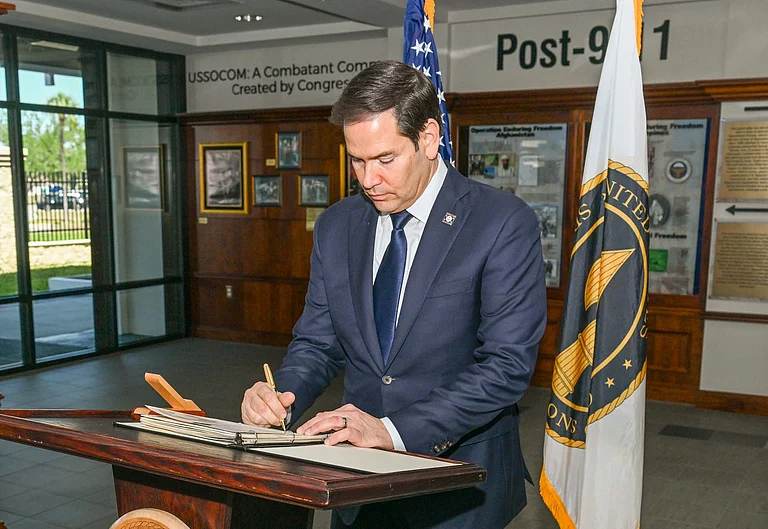The 2021 United Nations (UN) climate summit, COP26, was supposed to provide hope to the indigenous groups of people and local communities around the world, which are facing the brunt of the unfolding climate crisis. However, it didn’t quite achieve even this simple purpose, say the leaders of local, forest-based communities in countries such as Peru and Ecuador.
Peru and Ecuador are home to vast swathes of the Amazon rainforest that has, over the past decade, increasingly borne the brunt of deforestation, mining, oil extraction and other commercial activities that have stripped it bare, devoid of its riches. The Amazon is spread over 86 million hectares in these countries—and oil extraction, in particular, poses a threat in these two countries, especially since this commercially and industrially viable activity is majorly used to pay off their significant foreign debt.
Furthermore, as spokespersons for the indigenous communities reveal to Mongabay (a non-profit), the UN’s 30 by 30 initiative to protect 30% of the planet’s land and oceans and preserve its flora and fauna by 2030 is simply insufficient to meet the demands of the situation. The 30 by 30 initiative advocates the creation of more ‘protected areas’ across the world—a move that has been linked to widespread displacement of local people in the past (as many as 2,50,000 people across 15 countries between 1990 and 2014, according to some estimates). More importantly, as the leaders have mentioned, this plan proposes to protect, territorially, only 30% of the earth, whereas we should really be preserving much more.
Between August and October 2021, the indigenous communities of Peru and Ecuador unveiled a bioregional plan to help preserve the rainforests in their countries. The project, called the Amazon Sacred Headwaters project, was conceived as early as 2019—a year that saw massive surges in mining, deforestation and extractive activities, as well as the number of forest fires, in the Amazon basin—when a report was prepared detailing the adverse effects of the commercial exploitation of the Amazon forests and the measures that can be taken to prevent them. The 2021 bioregional plan expands upon this report and aims to permanently protect and preserve a staggering 80% of the Amazon’s forest coverage in Peru and Ecuador by 2025—an area equivalent to 82 million acres—according to José Gregorio Díaz Mirabal, Coordinator of the Coordinating Body of Indigenous Organizations of the Amazon Basin (COICA).

To preserve the Sacred Headwaters of the Amazon, the ambitious project, presented on the sidelines of COP26 in November 2021, plans to ensure and extend the autonomy, land and resource rights of indigenous communities over forest land. To that end, it seeks to negotiate for and procure land deeds and titles for 22 million acres in indigenous territories, thereby promoting tribal management in these areas. These proposed actions are centred on the belief that indigenous ownership of forest land indigenous land-use patterns and strategies are the best ways to preserve forest ecosystems and biodiversity. The plan also calls for a complete stop to deforestation, mining, logging, and oil and gas extraction across the Amazon jungles in the two countries. In the process, it proposes to dismantle the current, exploitative, economic model of development and replace it with an ecological one based on sustainable entrepreneurship, community tourism and indigenous concepts of well-being. These constructive measures are expected to reduce greenhouse gas emissions in the Amazon by more than 2 billion metric tons.
The Amazon Sacred Headwaters initiative has received somewhat guarded praises and encouragement from the Peruvian and Ecuadorian governments. What’s more heartening is the response from non-profits, NGOs, environmental foundations and institutions in Peru, Ecuador and around the world who have come together to support the initiative, financially and logistically. To protect what’s arguably the most biodiverse region on earth, the initiative is still seeking funds from crowdsourcing and other means and also asking for government aid. It is also requesting developed nations to pitch in and help cover the enormous foreign debt the countries are reeling under.
Head over here if you want to join the good fight.


























